Menu
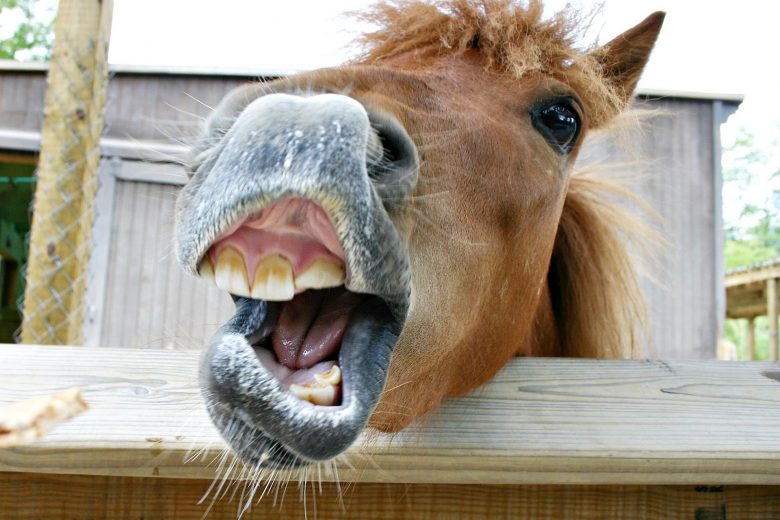
Conformation of the Horse’s Mouth
A lot of people use the Single Jointed Snaffle to drive their horses, mostly because they are readily available, and more than likely came with their harness. Very few driving horses, which are required to have consistent, even

rein contact, prefer the Single Jointed Snaffle as it pinches their lips and tongue between the bit and teeth/bars, and can also bump the horse in the palate. (To clarify, a snaffle is any direct action bit without shanks. The term “snaffle” does not apply to the mouthpiece, and a snaffle bit can have any mouthpiece.) The rest of this article will address some better options than a single jointed snaffle, or as it is known in our house, a “paperweight”.
First of all, bits do not stop horses, horse’s brains stop horses. The bit is a communication device which can be effective or ineffective in transmitting information to the horse depending on the driver’s hands (see our article “Let Go!”). The best bitting techniques involve selecting the most comfortable bit to enhance the communication with the horse. If the horse is comfortable, the communication will not be hampered by pain.
Horse’s mouths come in as many conformations as any other part of their body. Generally, the finer the horse is in the rest of his body, the thinner his lips and tongue. Thinner lipped horses such as refined Hackneys, slight American Shetlands, and fine Miniatures don’t seem to mind the action off the lips of a snaffle bit as much. Some do perfectly well in a simple mullen, solid mouthpiece snaffle which only works off the corners of a horse’s mouth. If more action is required for a stronger horse, a three-piece snaffle adds a bit a squeezing of the horse’s face/lips, but distributes tongue pressure and lays across the horse’s tongue more smoothly than a single jointed snaffle.
The more structurally thick horses tend to have wider mouths, thicker tongues, and fleshier lips. I find this is true for Fjords, heavier Haflingers, thicker Morgans, cobby Welsh, and draftier Miniatures. Generally, thicker mouthed horses seem to prefer solid mouthpieces with room for the tongue, and tend to go better in curb-style bits with the rein down slightly on the shank, where the action of the bit is  working more off the chin pressure point than the lips. They are less likely to appreciate the pinching action of a snaffle, especially a jointed snaffle, as their fat lips get squeezed between their teeth/bars and the bit. Putting thick lipped horses in snaffle bits tends to produce horses who stretch their necks up, toss their heads, work to go above the bit, or simply (and unfortunately) run through it. They are looking for tongue and lip relief which they cannot possible achieve with a snaffle bit.
working more off the chin pressure point than the lips. They are less likely to appreciate the pinching action of a snaffle, especially a jointed snaffle, as their fat lips get squeezed between their teeth/bars and the bit. Putting thick lipped horses in snaffle bits tends to produce horses who stretch their necks up, toss their heads, work to go above the bit, or simply (and unfortunately) run through it. They are looking for tongue and lip relief which they cannot possible achieve with a snaffle bit.
Thicker tongued horses looking for tongue relief may try to flip their tongue over the bit, only to find that the bars are contacted more fully in doing so. When this happens, they might immediately drop back off the bit, putting their head on their chest, or simply just “freak out”. Achieving tongue relief cannot happen in a snaffle, as by design, it works off the tongue and corners of the mouth. In response to this, some bit manufacturers are designing curb style bits where the solid mouthpiece arches forward and up, creating a lot of room for the tongue and conforming better to the thick horse’s mouth. Because of the tongue room, the horse cannot lift the mouthpiece off the bars of the mouth as easily, so the bars may be affected more, especially in a finer tongued horse whose tongue will “fill up” the space under the mouthpiece. However, the thick tongued horse will find that his tongue is finally not being “mushed” and easily learns to keep his tongue under the bit where it is most comfortable for him.
By using a solid mouthpiece curb style bit in a thick mouthed horse, we change the pressure points being used by the bit to control the horse. We move from primarily squeezing the lips and bars to utilizing the chin. We aren’t necessarily using a “harsher” bit when we consider how that bit sits in the individual horse’s  mouth given his conformation. Thinner mouthed horses may also prefer the chin contact of the curb over the lip contact of a snaffle, but I find it is much more imperative with thick mouthed horses. Using the horse’s preferred bit, even if it is a curb style bit, is much preferred to cranking a horse’s mouth shut with the caveson and/or a flash noseband to prevent the horse from avoiding tongue contact on a snaffle and putting his tongue over the bit.
mouth given his conformation. Thinner mouthed horses may also prefer the chin contact of the curb over the lip contact of a snaffle, but I find it is much more imperative with thick mouthed horses. Using the horse’s preferred bit, even if it is a curb style bit, is much preferred to cranking a horse’s mouth shut with the caveson and/or a flash noseband to prevent the horse from avoiding tongue contact on a snaffle and putting his tongue over the bit.
As with any bit, care should be taken not to use the bit harshly. Putting the rein down too far on a shank will provide a lot of leverage, and squeeze the jaw between the bit and the curb chain. This will force the horse to put his head on his chest or severely throw his head up to try to avoid the action of the bit. He may open his mouth wide as well in response to the severe action. This can happen with any bit, and is usually the result of the combination of lack of training, the wrong bit and/or rein setting, and most importantly, unforgiving hands of the driver.
I n my opinion, if a horse is exhibiting a consistent gaping of the mouth in response to the driver’s hands, that turnout needs to be severely penalized by the judge in the show ring. Only through that type of penalization will the horse industry not gain more criticism from extremist animal rights organizations and individuals. We need to be proactive in promoting the comfort of the animal in the job they are doing…and it is possible through proper comprehensive training, comfortable bitting, and thorough instruction of the driver.
n my opinion, if a horse is exhibiting a consistent gaping of the mouth in response to the driver’s hands, that turnout needs to be severely penalized by the judge in the show ring. Only through that type of penalization will the horse industry not gain more criticism from extremist animal rights organizations and individuals. We need to be proactive in promoting the comfort of the animal in the job they are doing…and it is possible through proper comprehensive training, comfortable bitting, and thorough instruction of the driver.
- Choosing a selection results in a full page refresh.



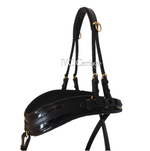
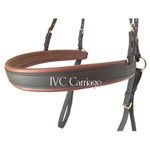



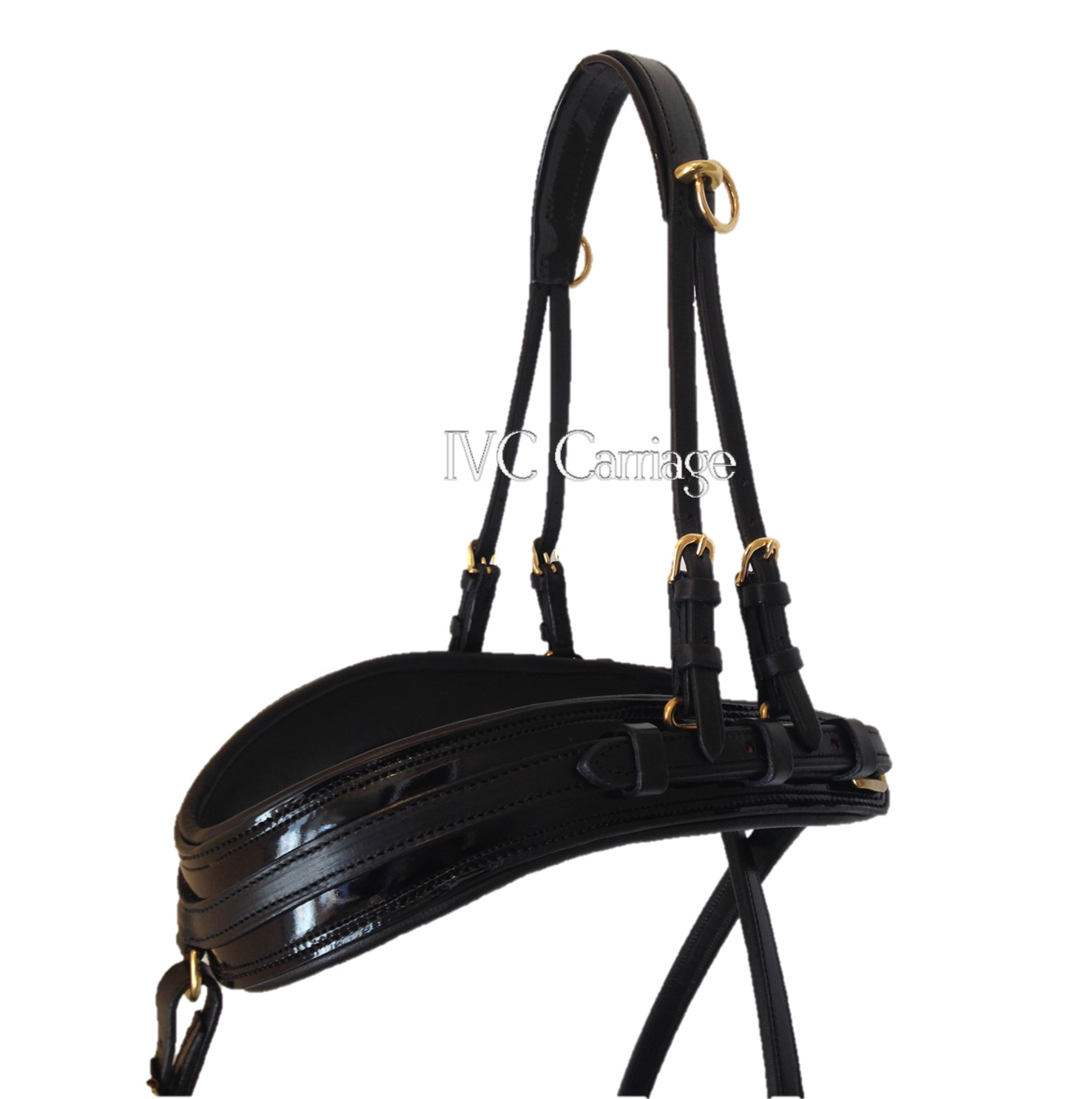
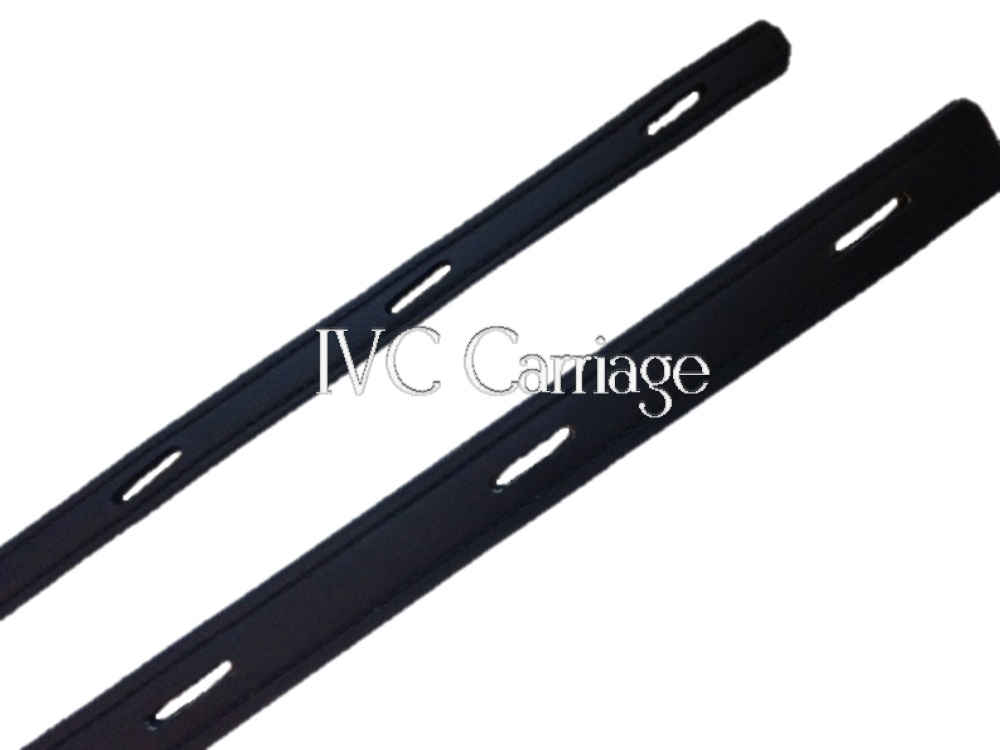
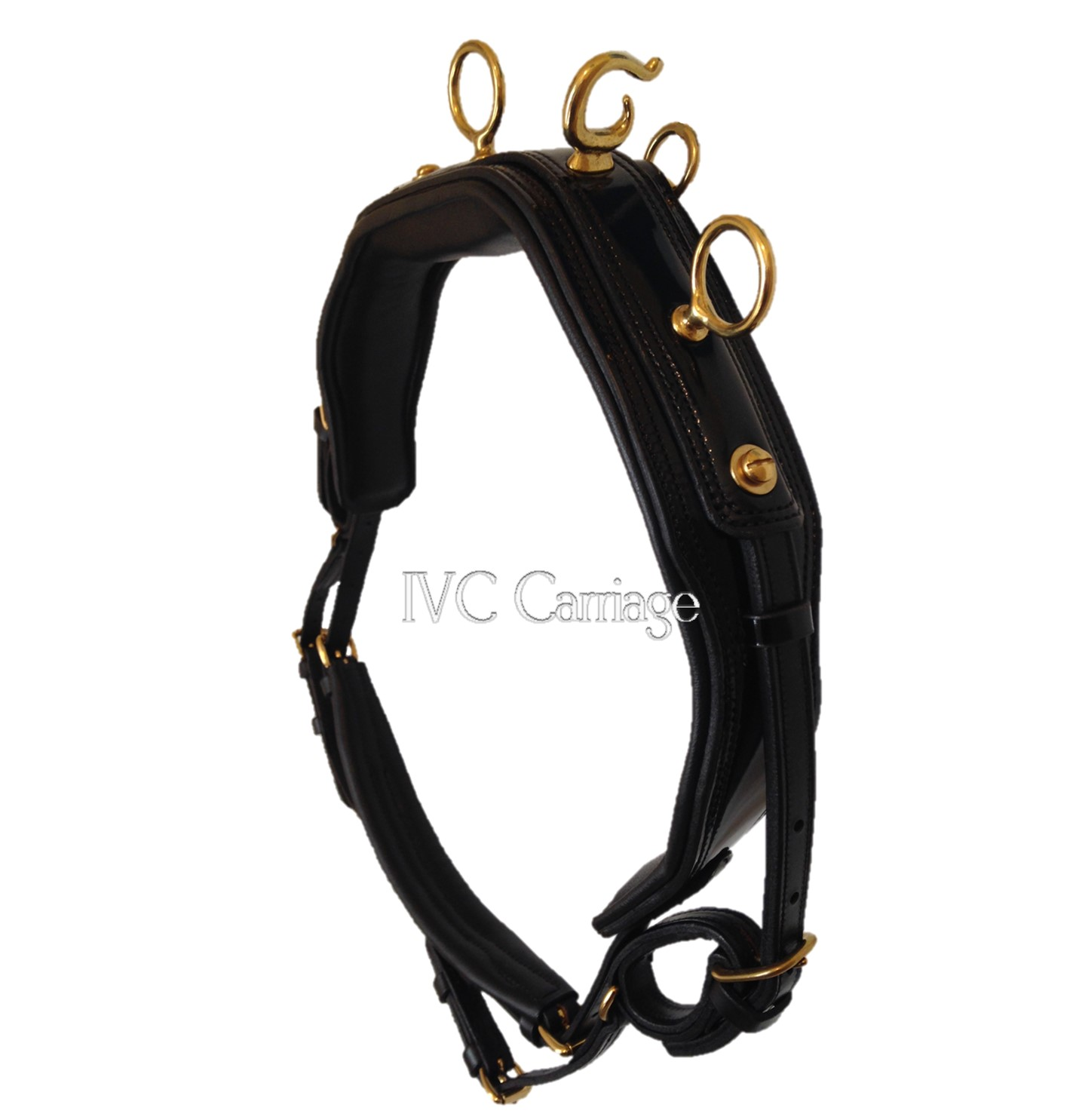
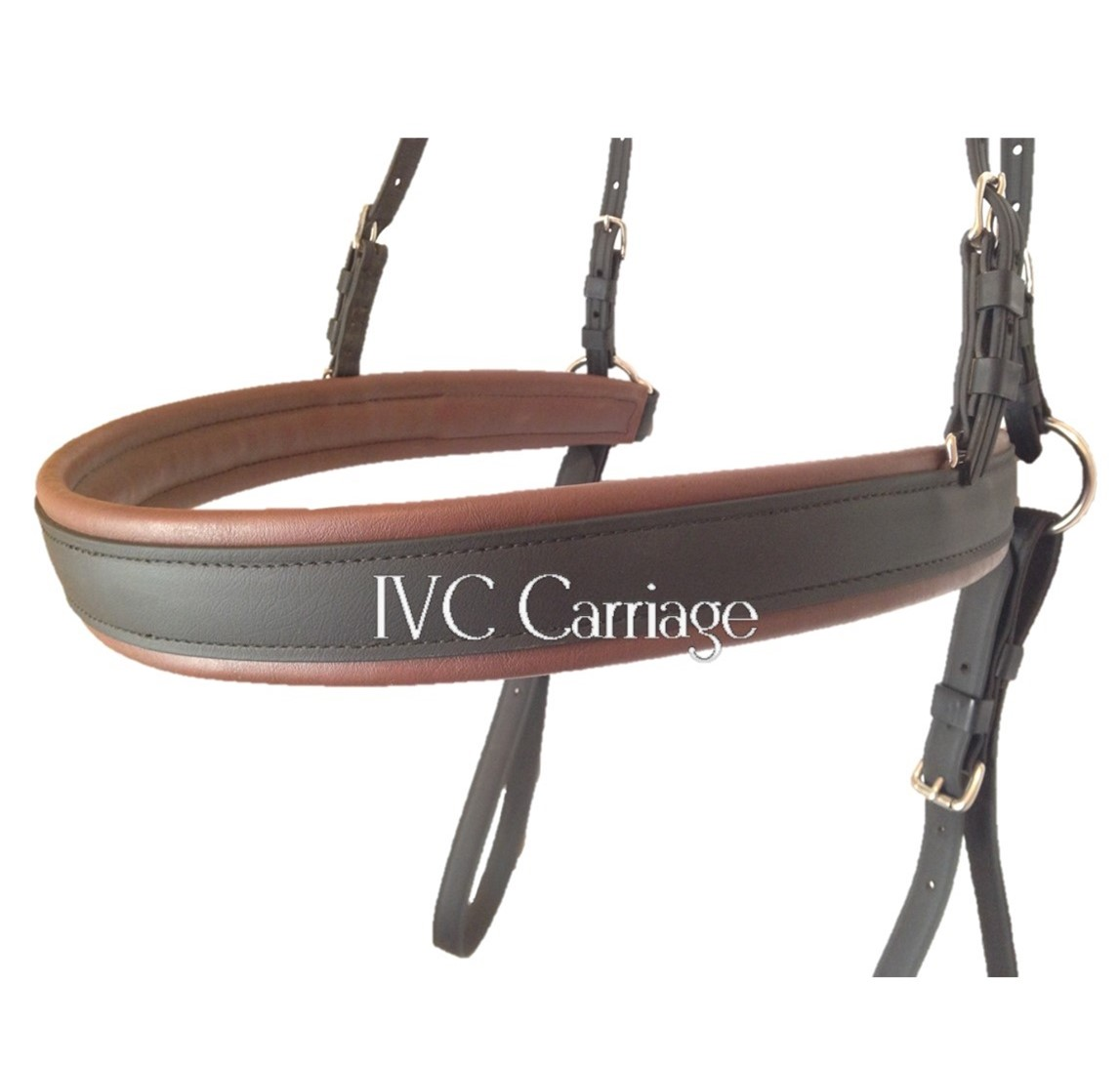
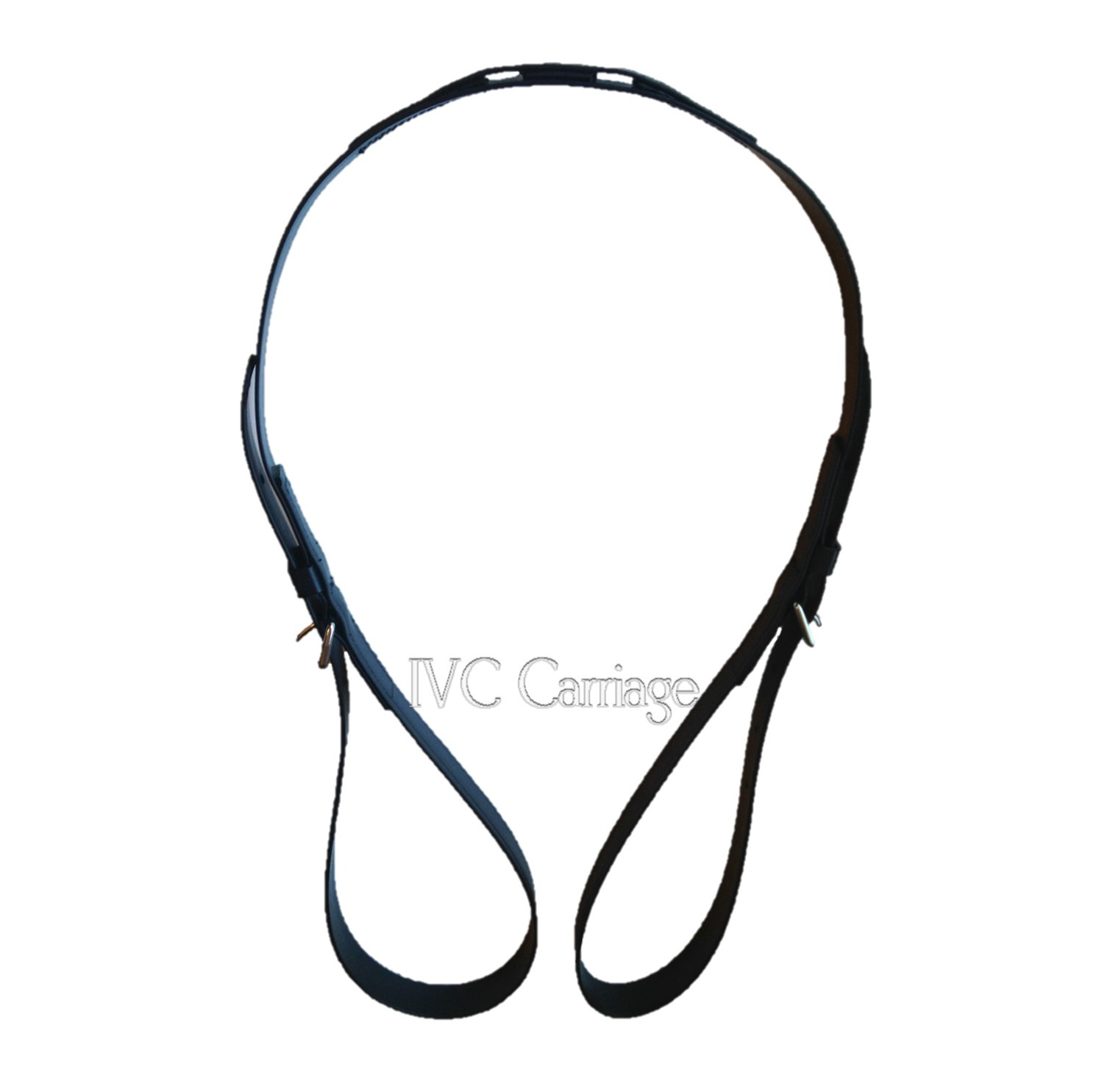
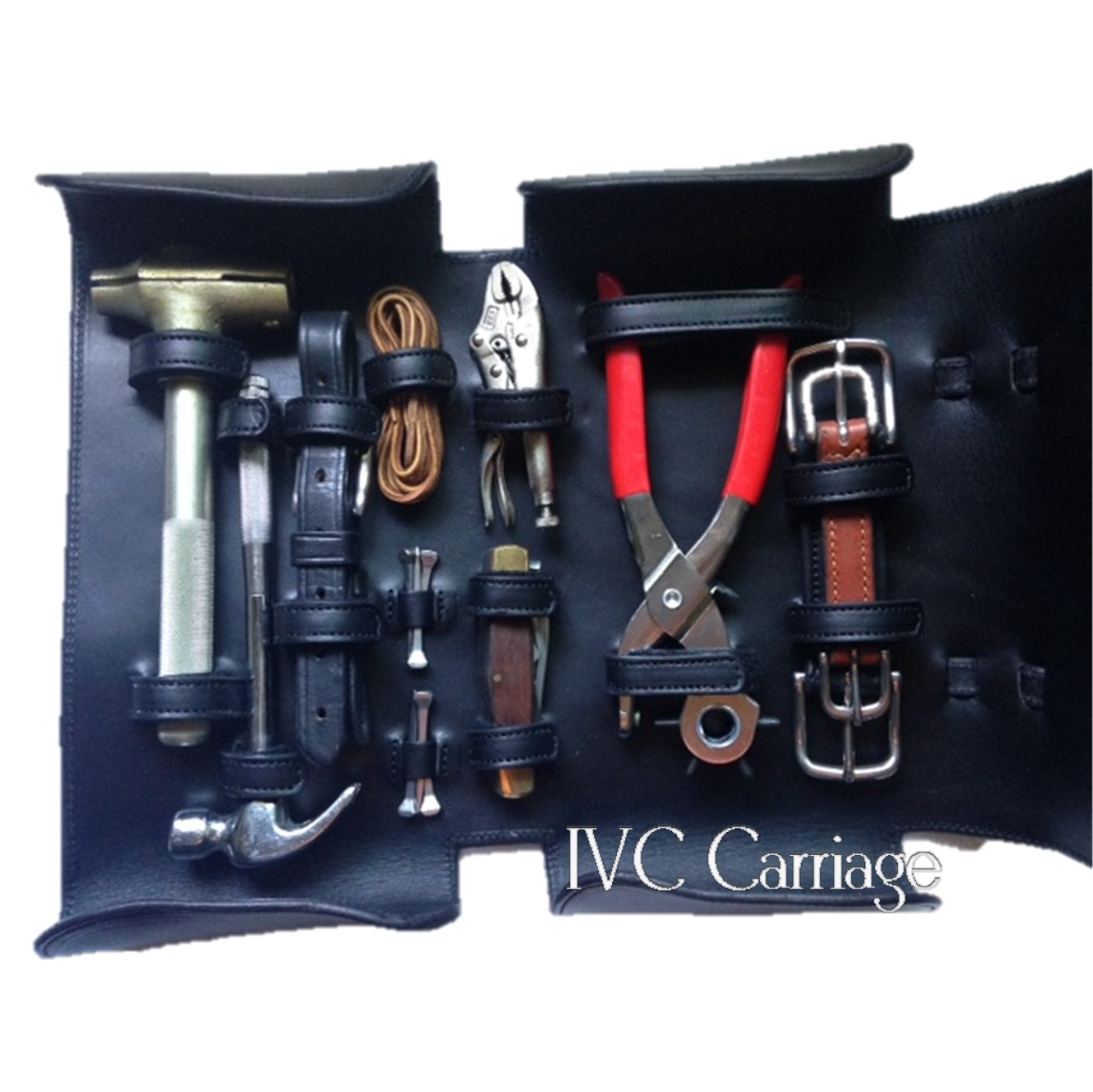

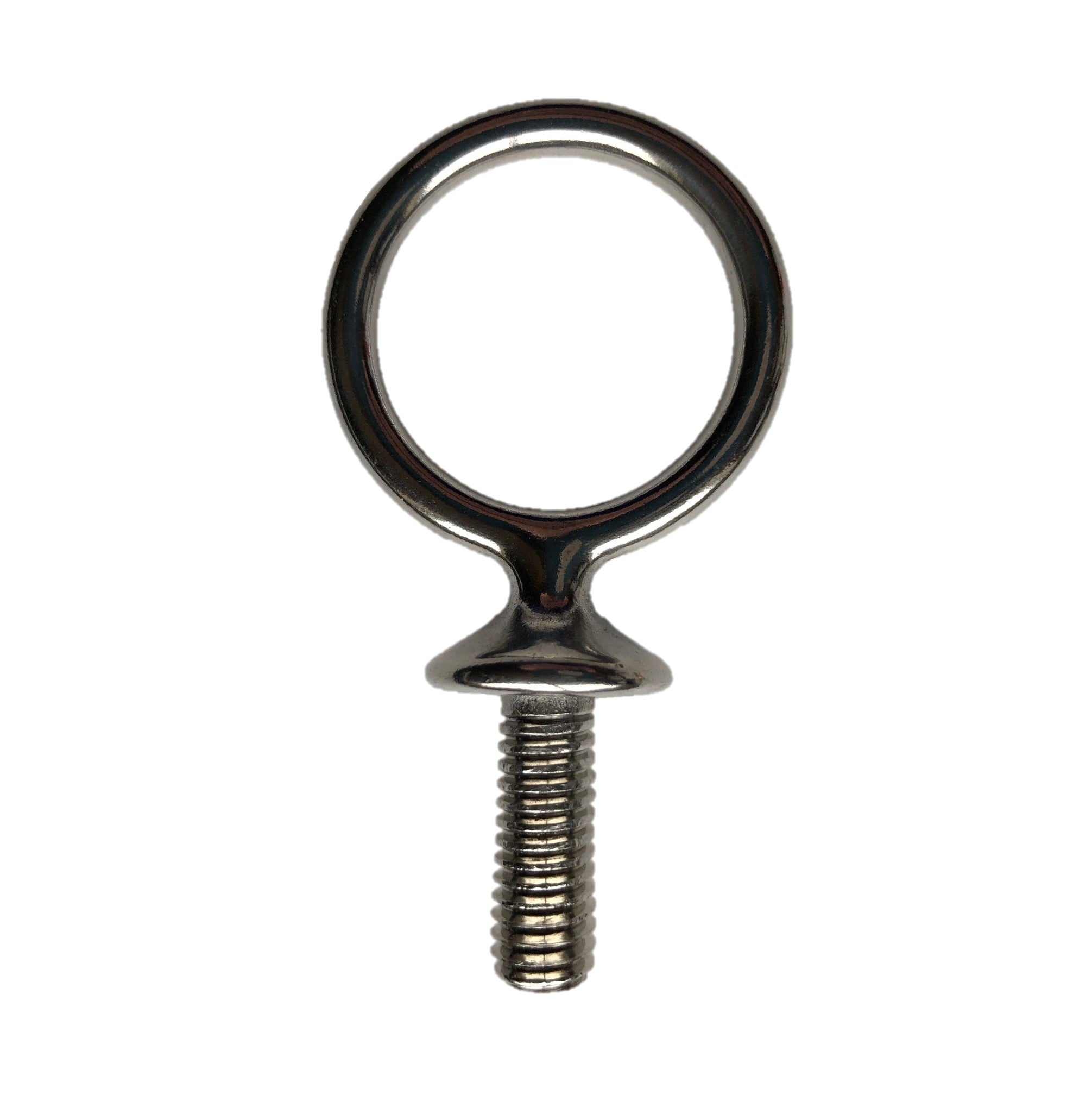












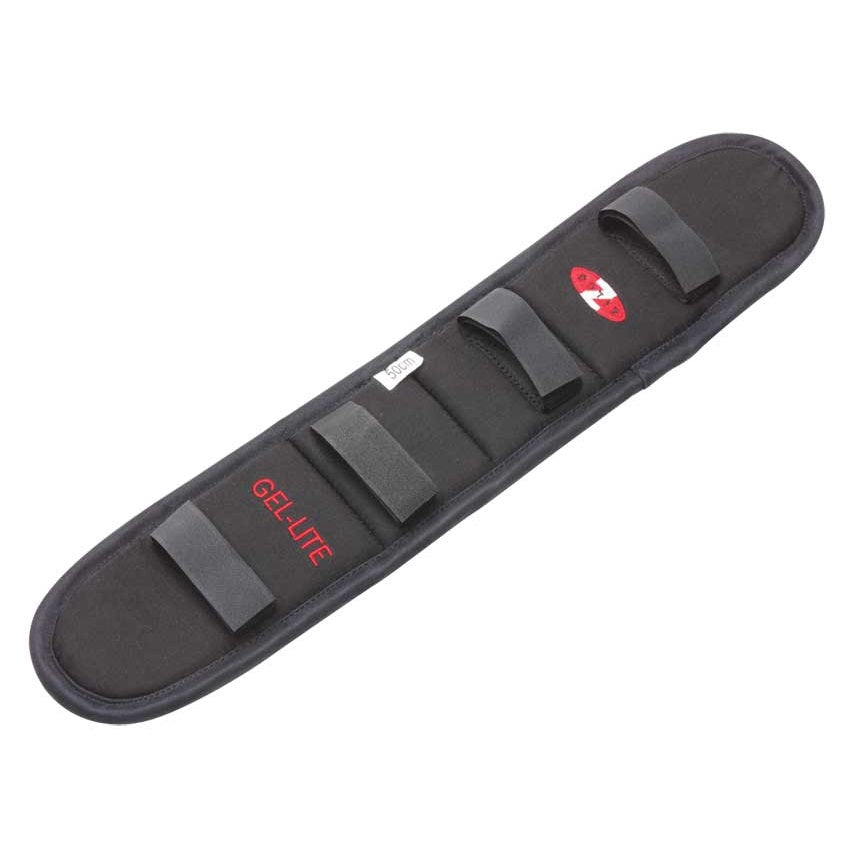
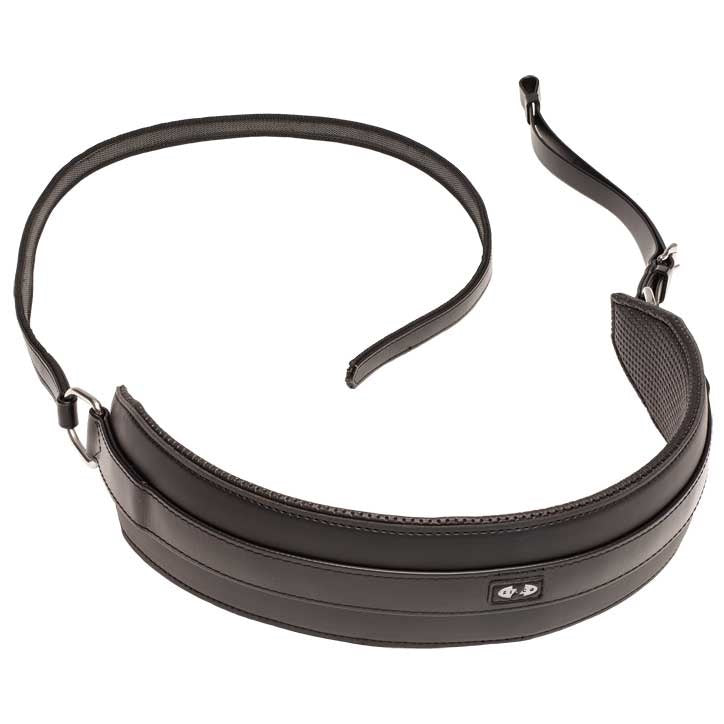




1 comment
Dan peterson
Well said. Best bitting is hard and it is amazing that horses put up with what people do to them